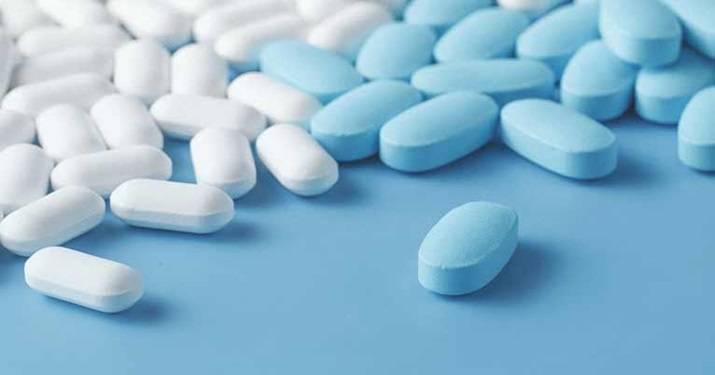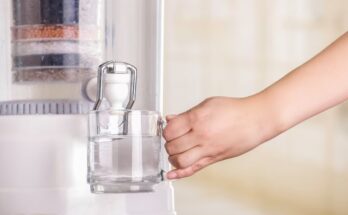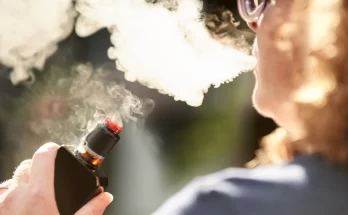Mucinex and Mucinex DM both include an expectorant designed to help clear mucus. Mucinex DM adds an additional component to help suppress coughs. If chest congestion has you down and you’re looking for relief, Mucinex and Mucinex DM are two available over-the-counter remedies. Wondering which one to choose? Here’s a side-by-side comparison of these two drugs to assist you in determining which might be a better fit for your needs.
Active Ingredients
Both Mucinex and Mucinex DM have guaifenesin as a core ingredient. Guaifenesin acts as an expectorant, aiding in loosening mucus within the lungs. This facilitates more effective coughs, helping clear the mucus responsible for chest congestion. As a result, you can breathe more comfortably and efficiently eliminate any germs that might be ensnared within the expelled mucus.
Mucinex DM incorporates an extra component, dextromethorphan. This compound plays a key role in suppressing coughs by interacting with the brain’s cough reflex signals, thereby reducing the urge to cough. This ingredient can be especially beneficial for those who’ve experienced persistent coughing, leading to a sore throat or disrupted sleep patterns.
Forms and Dosage
Regular Tablets
Both Mucinex and Mucinex DM come in tablet form for oral administration. The recommended dosage for both medications is one or two tablets every 12 hours. It’s crucial not to exceed four tablets within a 24-hour period. Individuals below the age of 12 should refrain from using these tablets.
Maximum-strength Tablets
Both Mucinex and Mucinex DM offer maximum-strength tablet variants containing twice the regular dose of the active ingredients. For these potent versions, stick to one tablet every 12 hours, ensuring that you do not consume more than two tablets in a day.
The packaging for both the regular and maximum-strength versions is quite alike. However, the maximum-strength option is distinguished by a red banner at the top of its box. Always ensure you’re aware of which version you’re using to prevent accidental overdosage.
Liquid
Mucinex DM also comes in a liquid form, but only in its maximum-strength concentration. It’s advisable to consult your healthcare professional or pharmacist to determine the best form for your needs. Mucinex DM liquid is intended for individuals 12 years and older.
For younger users, aged 4 to 11, there are specific Mucinex liquid products tailored to their needs, labeled as “Mucinex Children’s” on their packaging.
Side Effects
Typically, the constituents in Mucinex and Mucinex DM are well-tolerated, especially when taken at the prescribed dosages. Many individuals experience little to no noticeable or disruptive side effects. Nonetheless, when consumed at higher dosages than recommended, the potential for side effects stemming from the active agents in both Mucinex and Mucinex DM can escalate.
Interactions
Before taking Mucinex or Mucinex DM, especially if you’re on other medications, it’s imperative to consult with your doctor or pharmacist to ensure there are no harmful interactions. Specifically, Mucinex DM’s ingredient, dextromethorphan, can interact with drugs used for depression, certain psychiatric disorders, and Parkinson’s disease. These interacting drugs are known as monoamine oxidase inhibitors (MAOIs). Some examples of MAOIs include:
- selegiline
- phenelzine
- rasagiline
A dangerous and potentially fatal reaction known as serotonin syndrome can arise from the interaction between Mucinex DM and these drugs. Indications of serotonin syndrome encompass:
- elevated blood pressure
- increased heart rate
- high fever
- agitation
- heightened reflexes
It’s crucial to avoid combining Mucinex DM with an MAOI. Additionally, after discontinuing an MAOI, wait at least two weeks before considering the use of Mucinex DM.
Misuse Warning
Mixing this medication with alcohol can lead to severe consequences.
Moreover, dextromethorphan, a component of Mucinex DM, is frequently subject to misuse. In excessive doses, it has the potential to induce euphoria or even hallucinogenic effects. Such misuse is often referred to as “robo-tripping” or “skittling.” Engaging in this kind of misuse poses significant risks, including potential fatality.
Pharmacist’s Advice
To ensure you’re receiving the most suitable medication, follow these steps for optimal outcomes:
- Clearly inform your pharmacist about the nature of your cough – whether it’s an unproductive (dry) cough or a productive (wet) cough.
- Stay hydrated by drinking ample water when taking Mucinex or Mucinex DM. This assists in breaking down the mucus responsible for your cough and congestion.
- Discontinue the use of Mucinex or Mucinex DM if you observe that your cough persists beyond 7 days, if it returns after subsiding, or if you experience symptoms like fever, rash, or persistent headaches. Such symptoms might indicate a more severe health condition.




